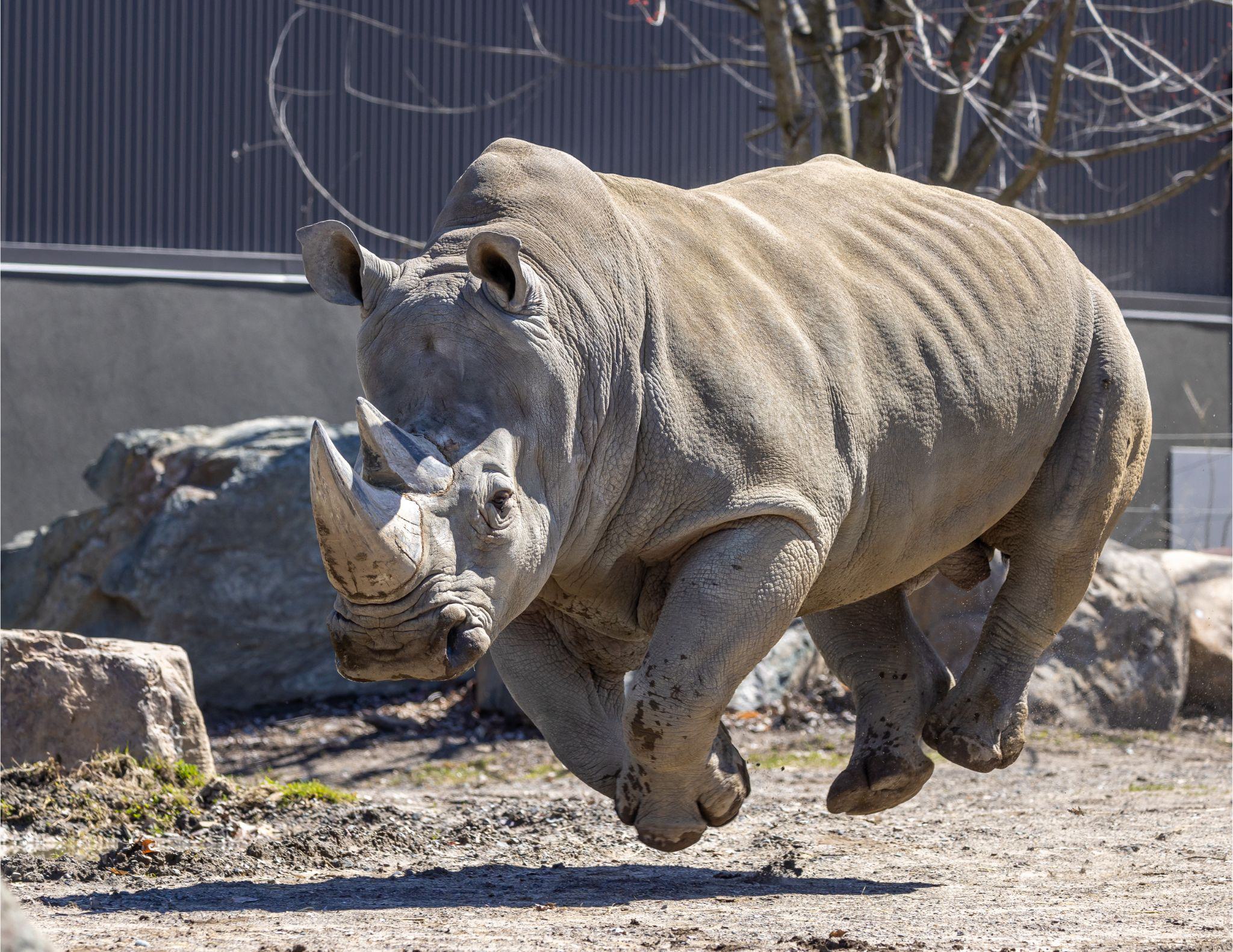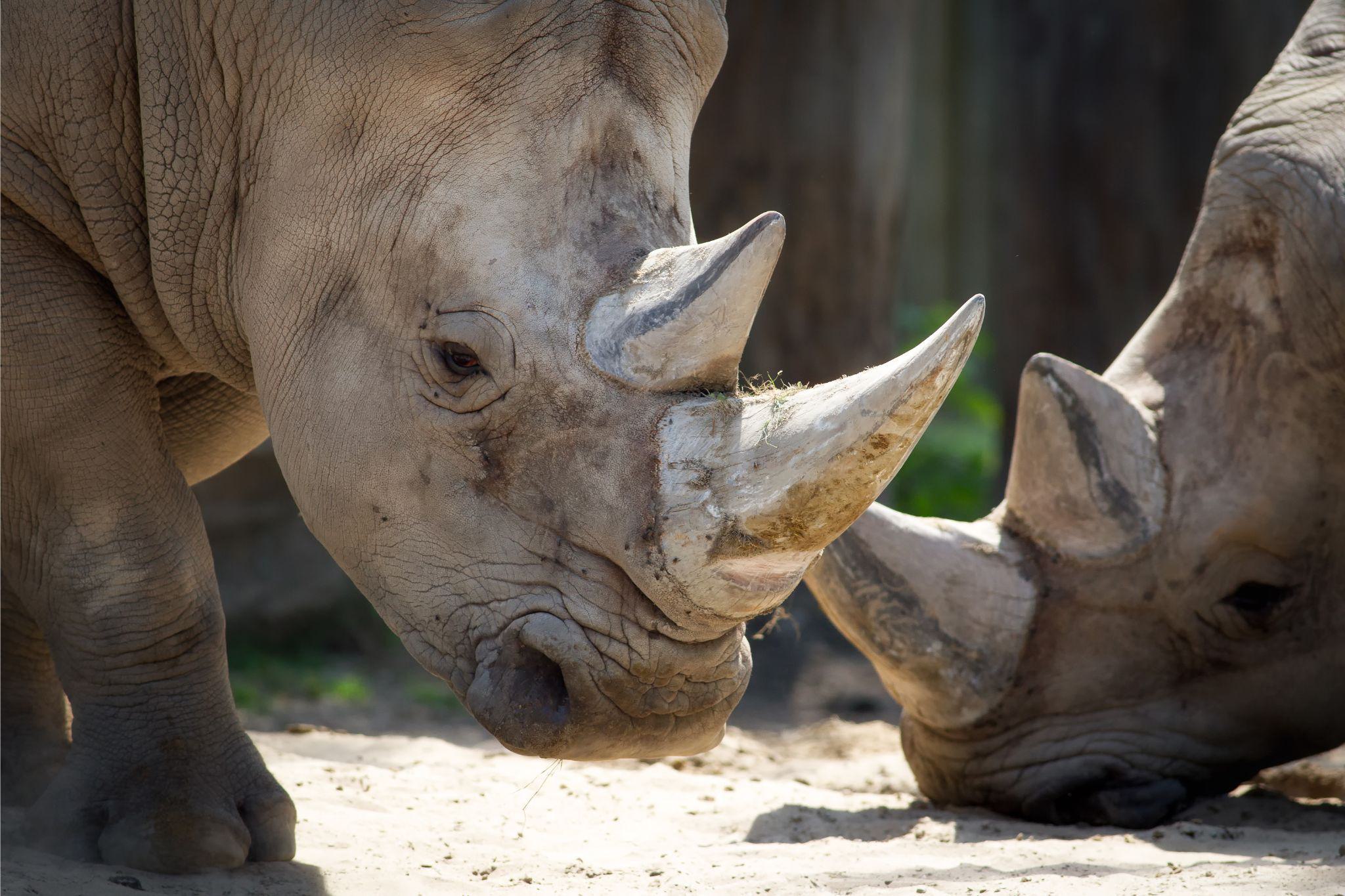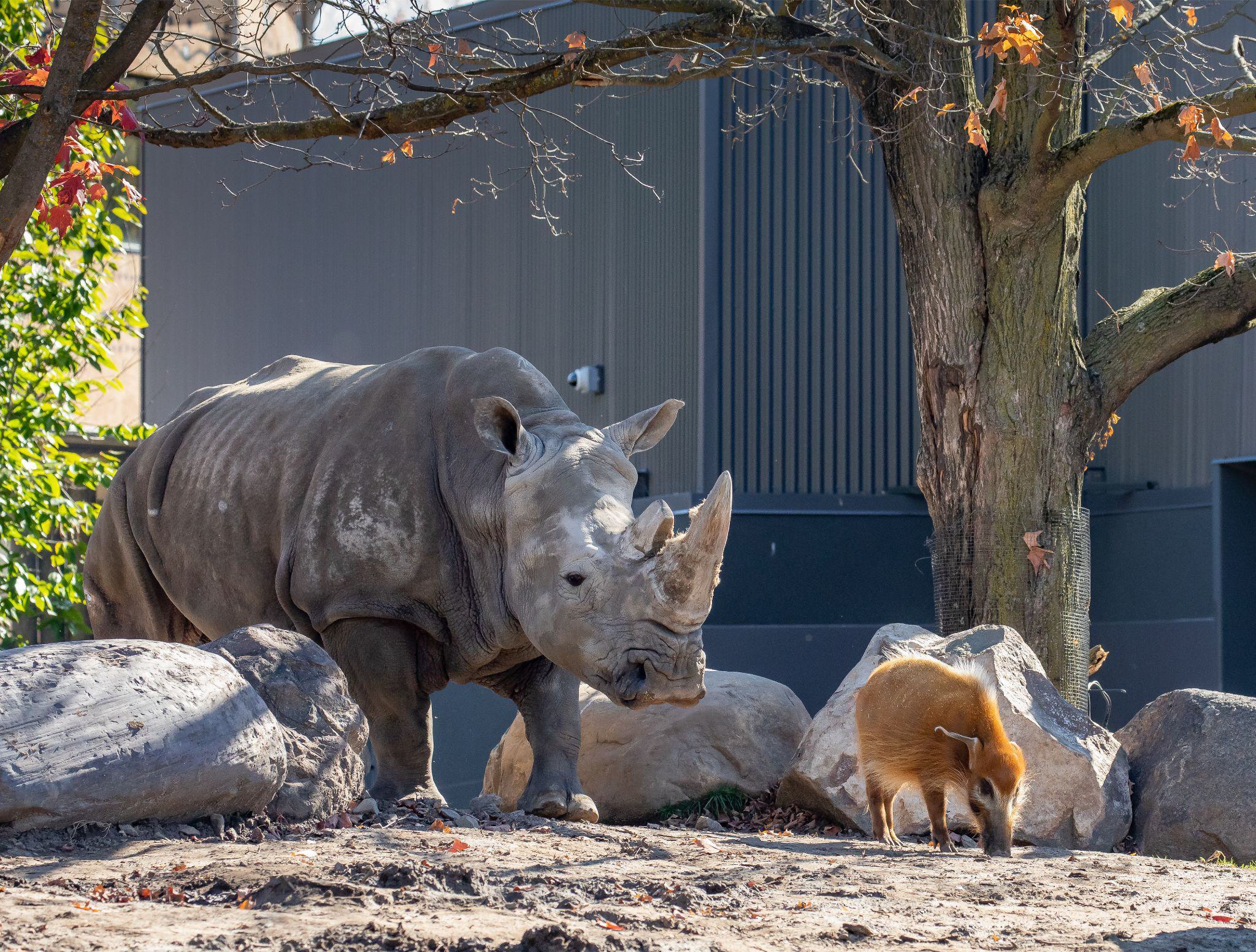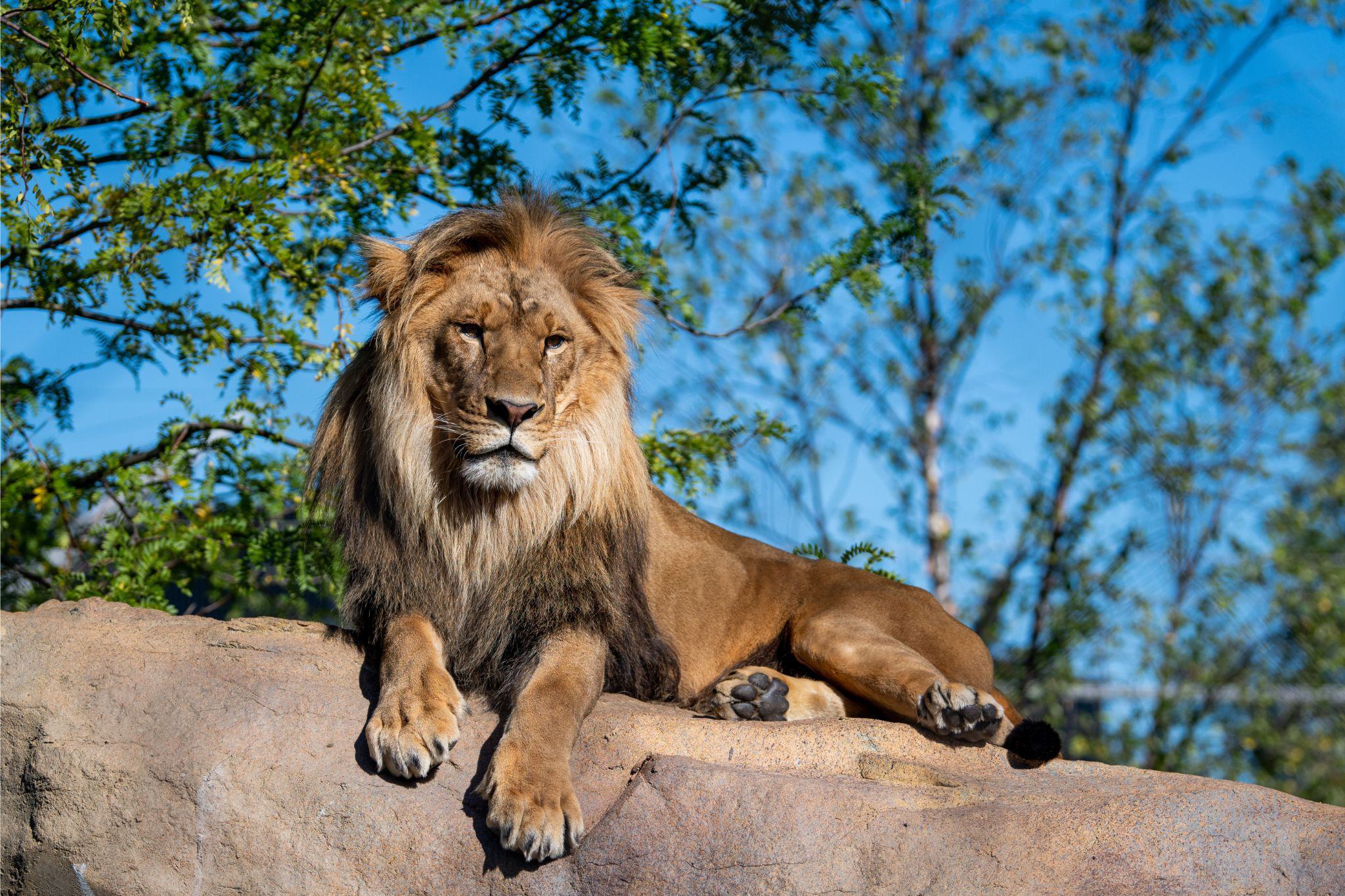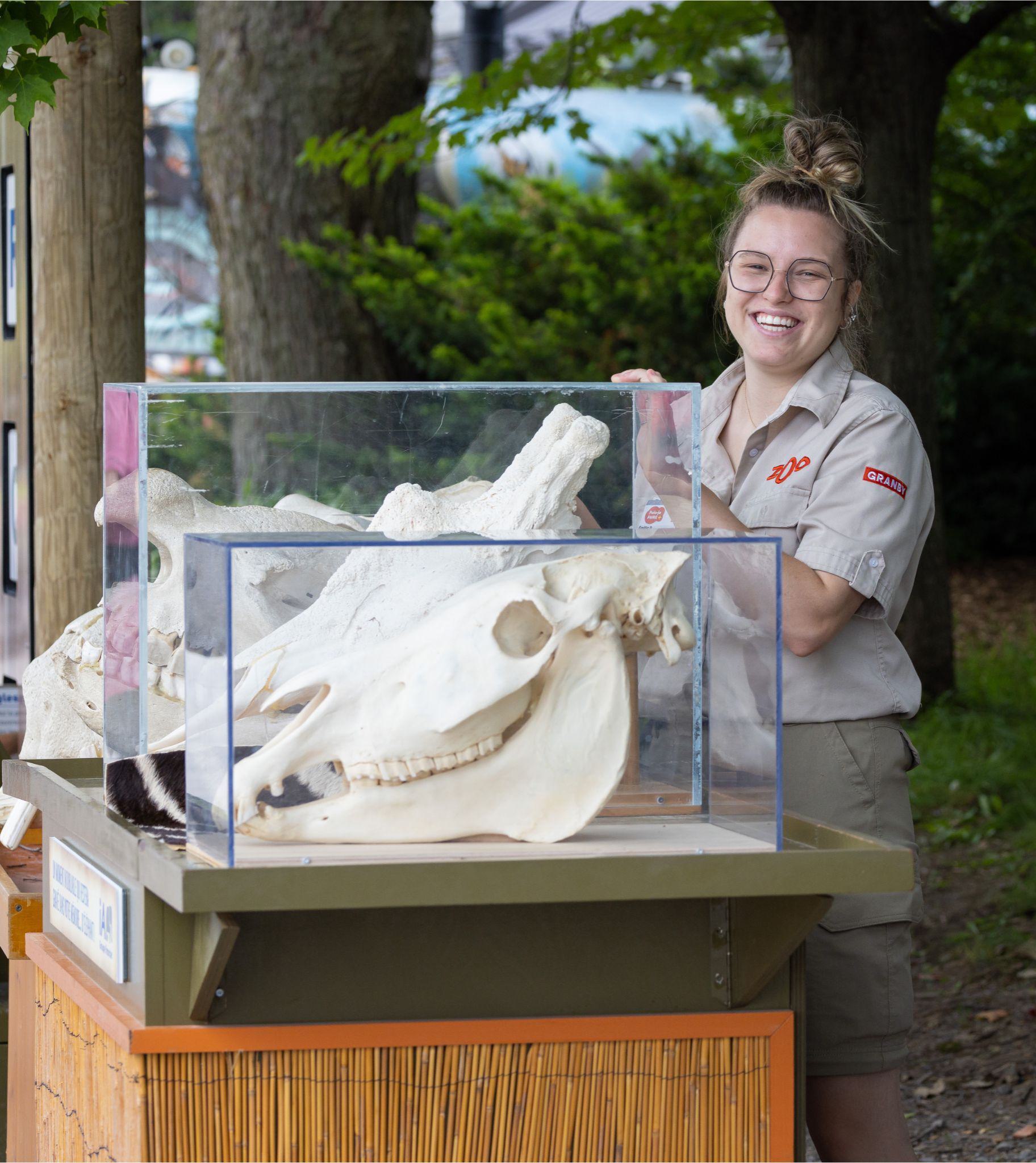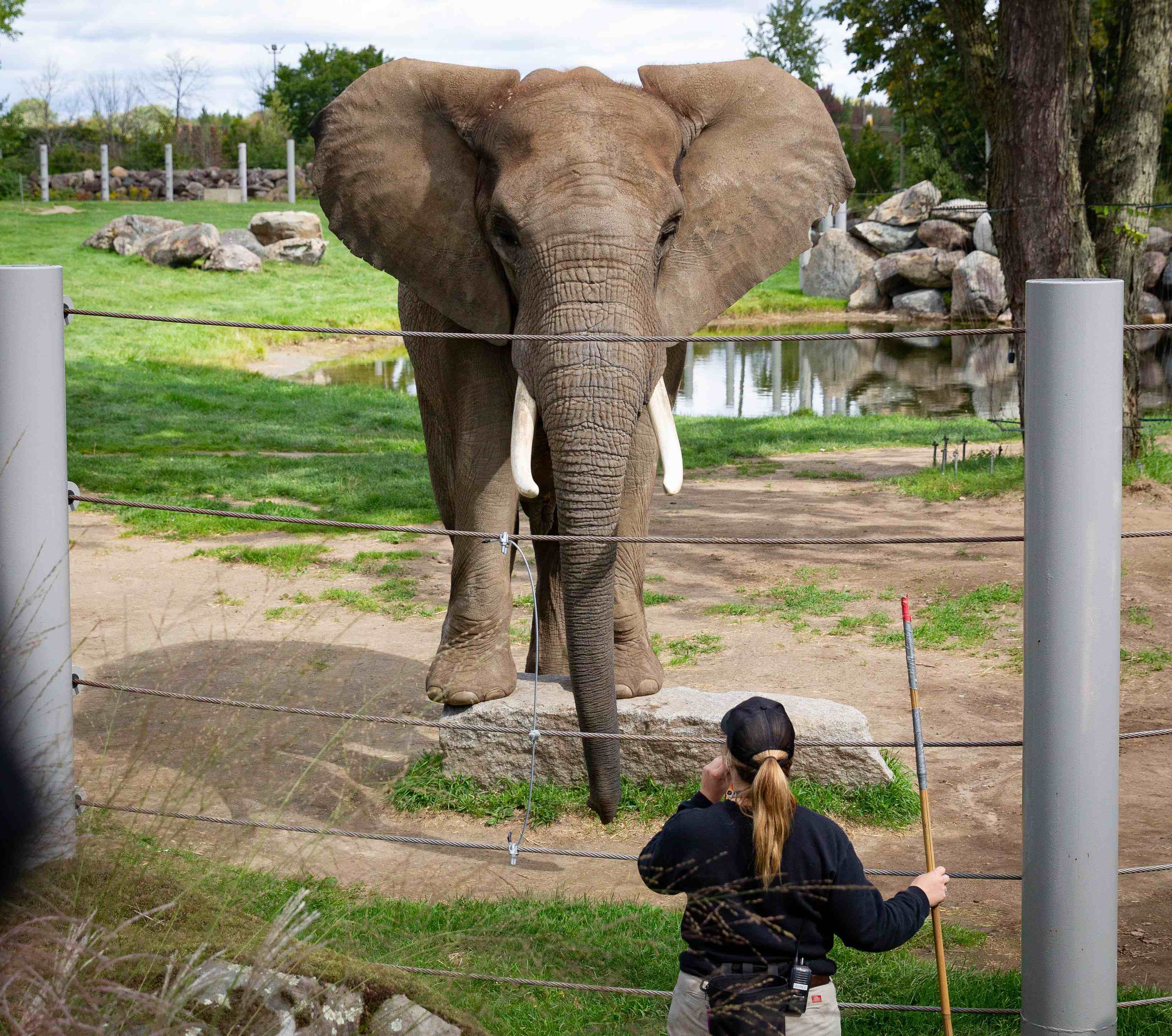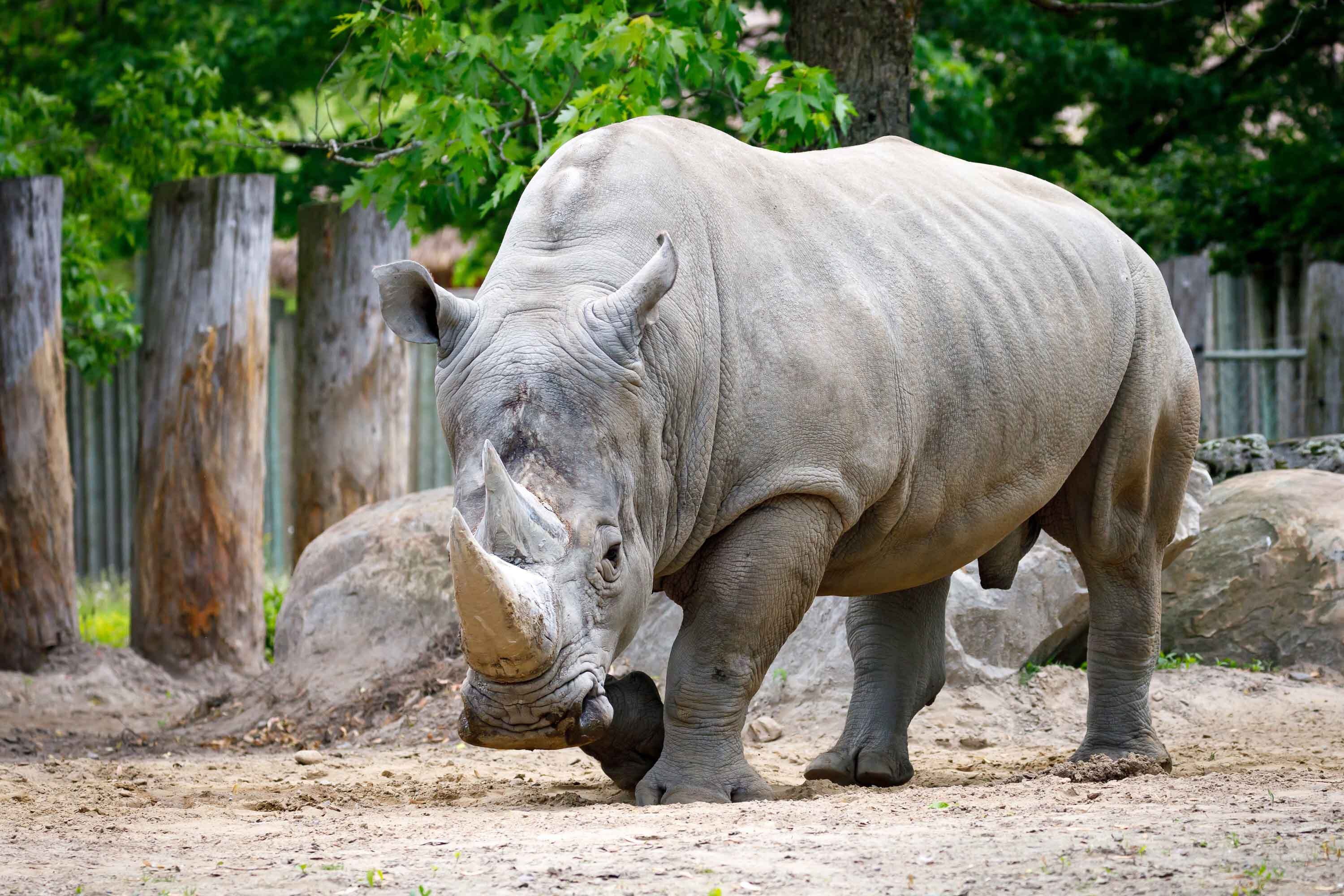
White Rhinoceros
Distribution
Central and Southern Africa
Diet
Herbivore
Habitat
Savannah
Latin Name
Ceratotherium simum
IUCN conservation status
- Extinct
- Critically endangered
- Endangered
- Vulnerable
- Near threatened
- Least concern
Rhinos are the only animal species to have a horn on their snout and are the second-largest land mammals after elephants.
Interesting informations

Strict Herbivores Roaming the African Savannah
The main part of their diet consists of grass, which they graze on with their thick, square lips. They consume between 30 and 40 kilos of food daily to meet their needs. They can drink up to 80 litres of water at a time.
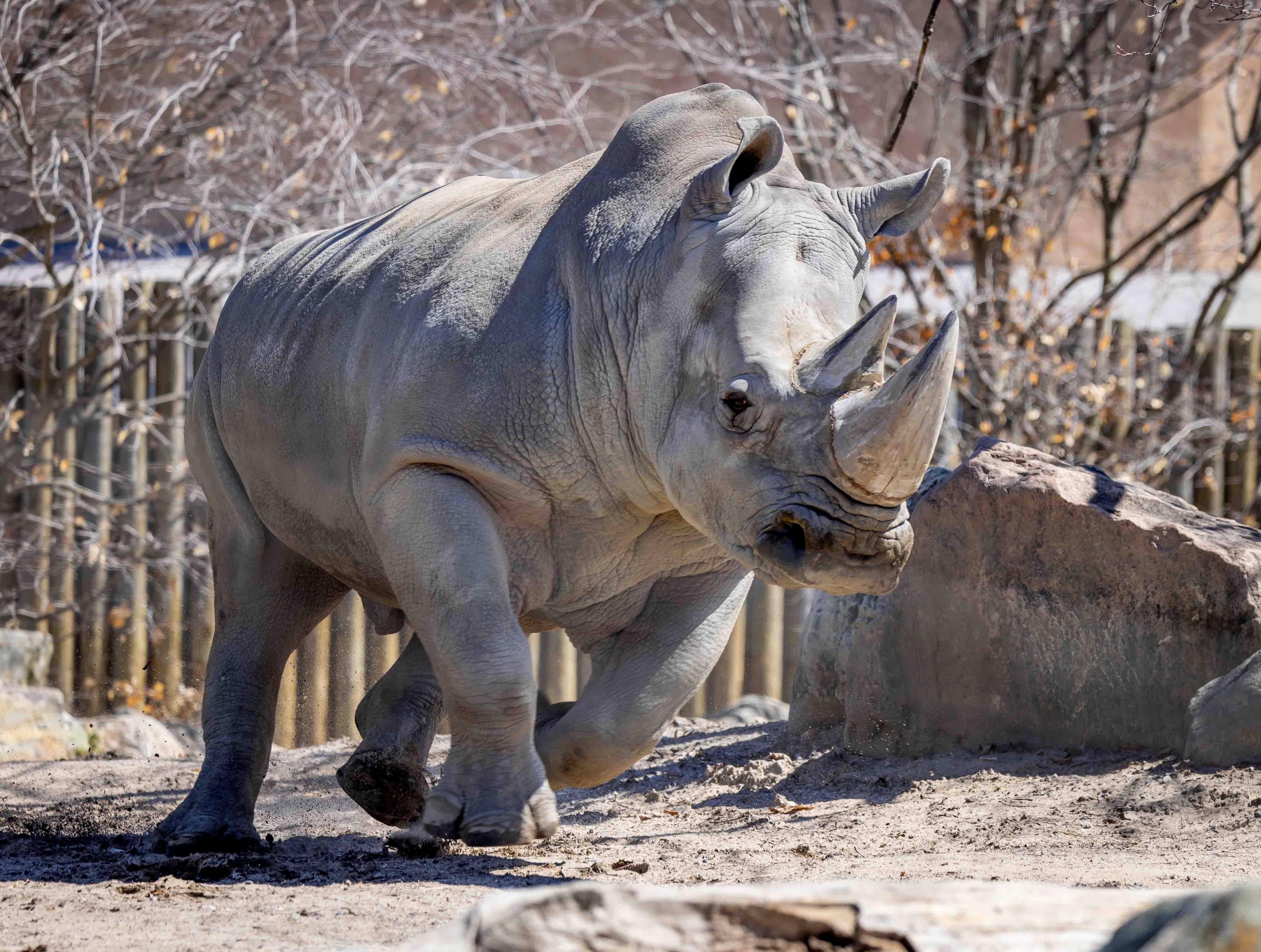
Large, Heavy and Massive, Rhinos Appear Prehistoric!
Rhinoceroses are pachyderms or animals with a very thick skin: up to 4.5 cm in places! Their two horns, made of keratin, grow throughout their lives: the one on the tip of their nose is always longer. Rhinos love mud baths, which dry out and protect their skin from the sun and insect bites.
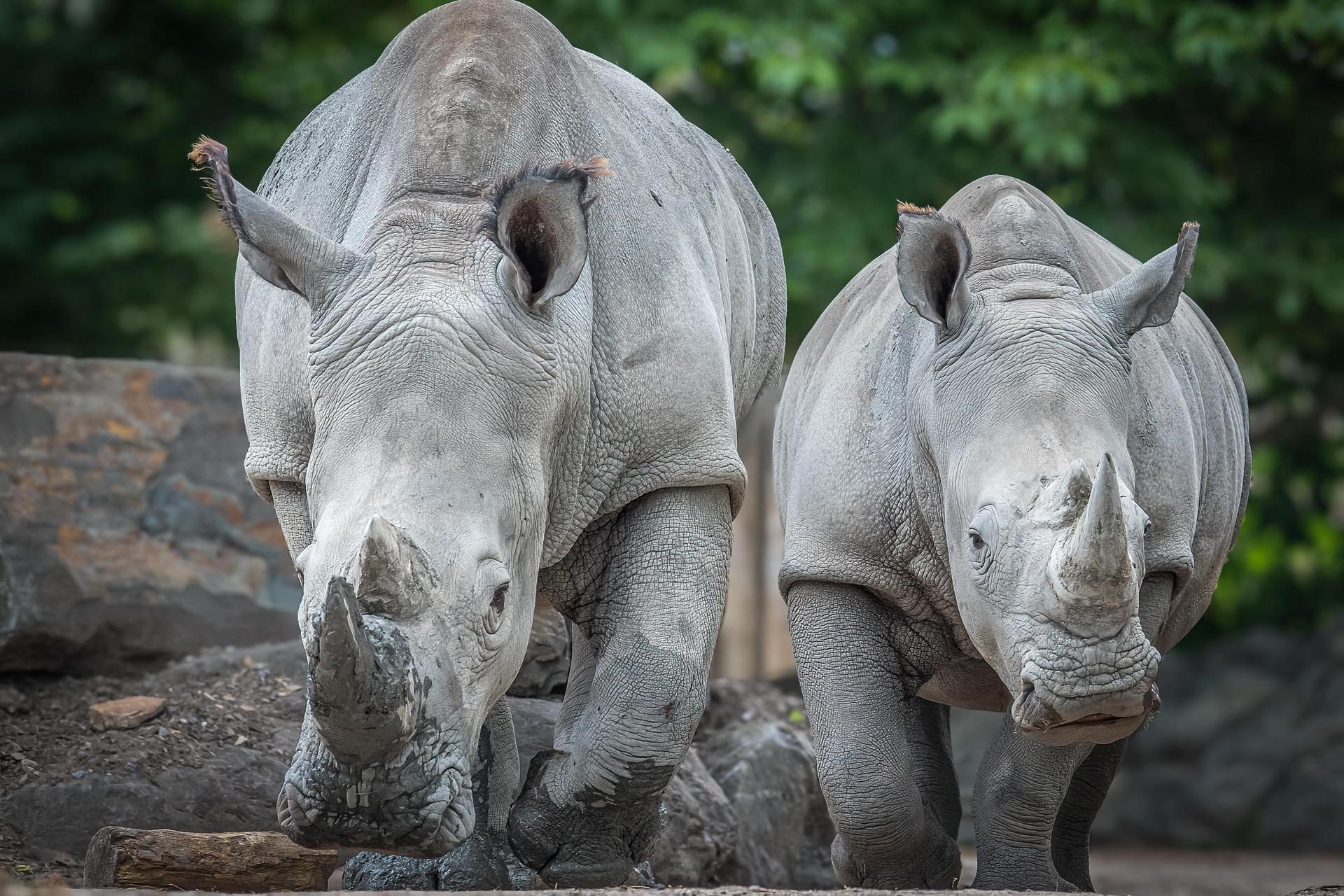
Semi-social Animals Fiercely Protective of Their Offspring
White rhinos are sedentary and territorial. It's not uncommon to see females group together, with fewer than a dozen individuals present. Males are solitary and only seek the company of females when they're in heat. The mother leaves the herd to give birth and only returns to her group after a few weeks.
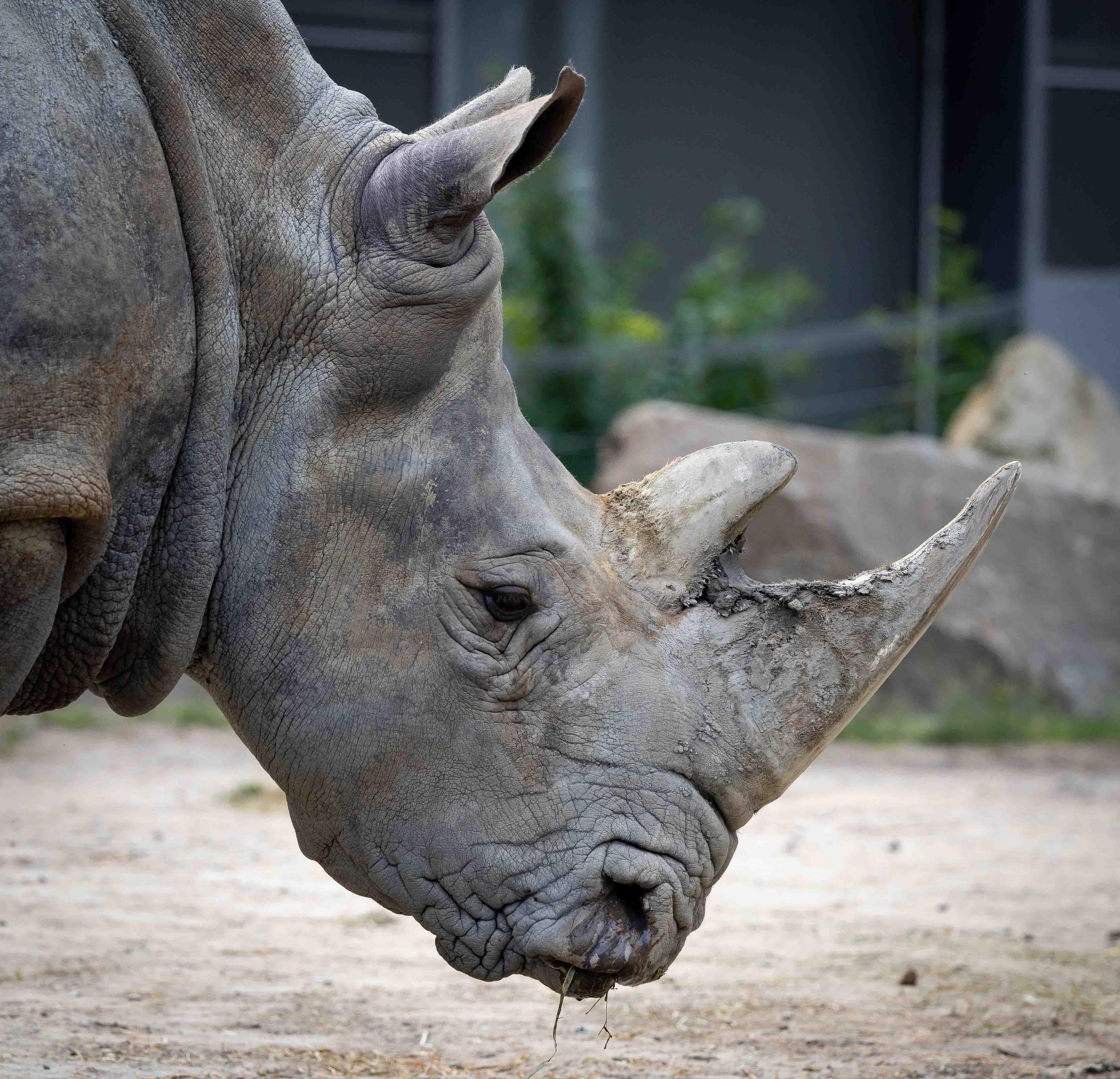
Hunted for its Horn, the Pachyderm is Being Driven to Extinction
Made from the same material as our fingernails and hair, rhino horns are ground into powder and used in traditional Asian medicine. To ward off poachers, many rhinos are concentrated in fenced areas and protected by armed guards. There are less than 16,000 white rhinos living in the wild.
Featured animals
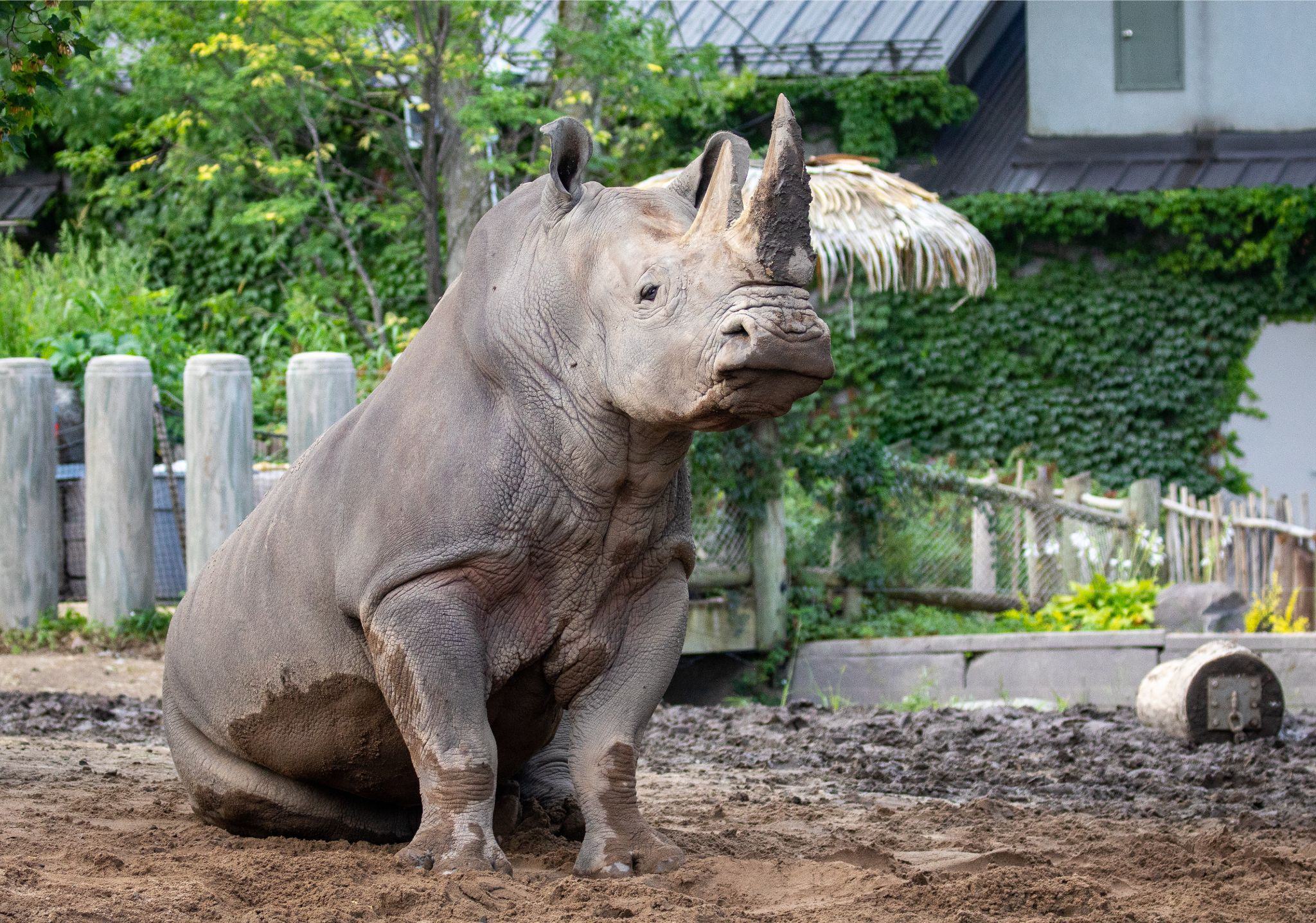
K.C.
Date of birth
May 30, 2003
Weight
4 692.6 lb / 2 133 kg
Profile
K.C. arrived at the Zoo de Granby in 2007 from the White Oak Conservation Center at the age of 4. The imposing pachyderm is the proud and only male representative of his species at the zoo!
Fun fact
K.C can be finicky, making biomedical trainings more challenging than with other species; but our technicians have discovered that he enjoys being scratched and brushed. What an original reward!
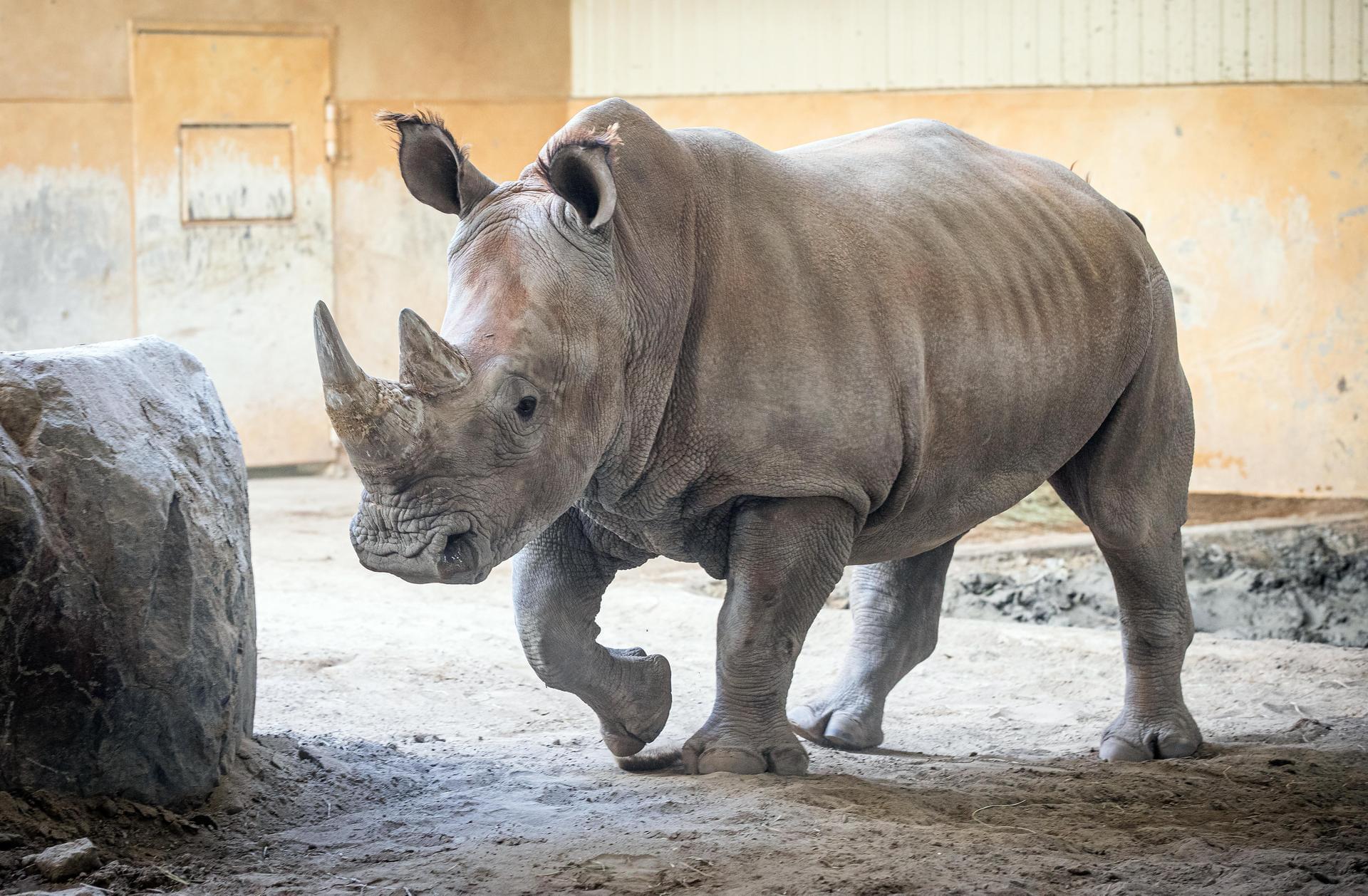
Alice
Date of birth
July 23, 2020
Weight
3527.4 lb / 1600 kg
Profile
Born at the San Diego Zoo Safari Park, Alice traveled nearly 5,000 km in April 2025 to reach her new home here in Granby. Her arrival at the Zoo followed a breeding recommendation from the SSP.
Fun fact
Alice is distinguished from her companion Hazina by a crown of dense short fur that lines the edge of her ears. Of the two females, she is the more cautious one: she happily lets Hazina take the first step!
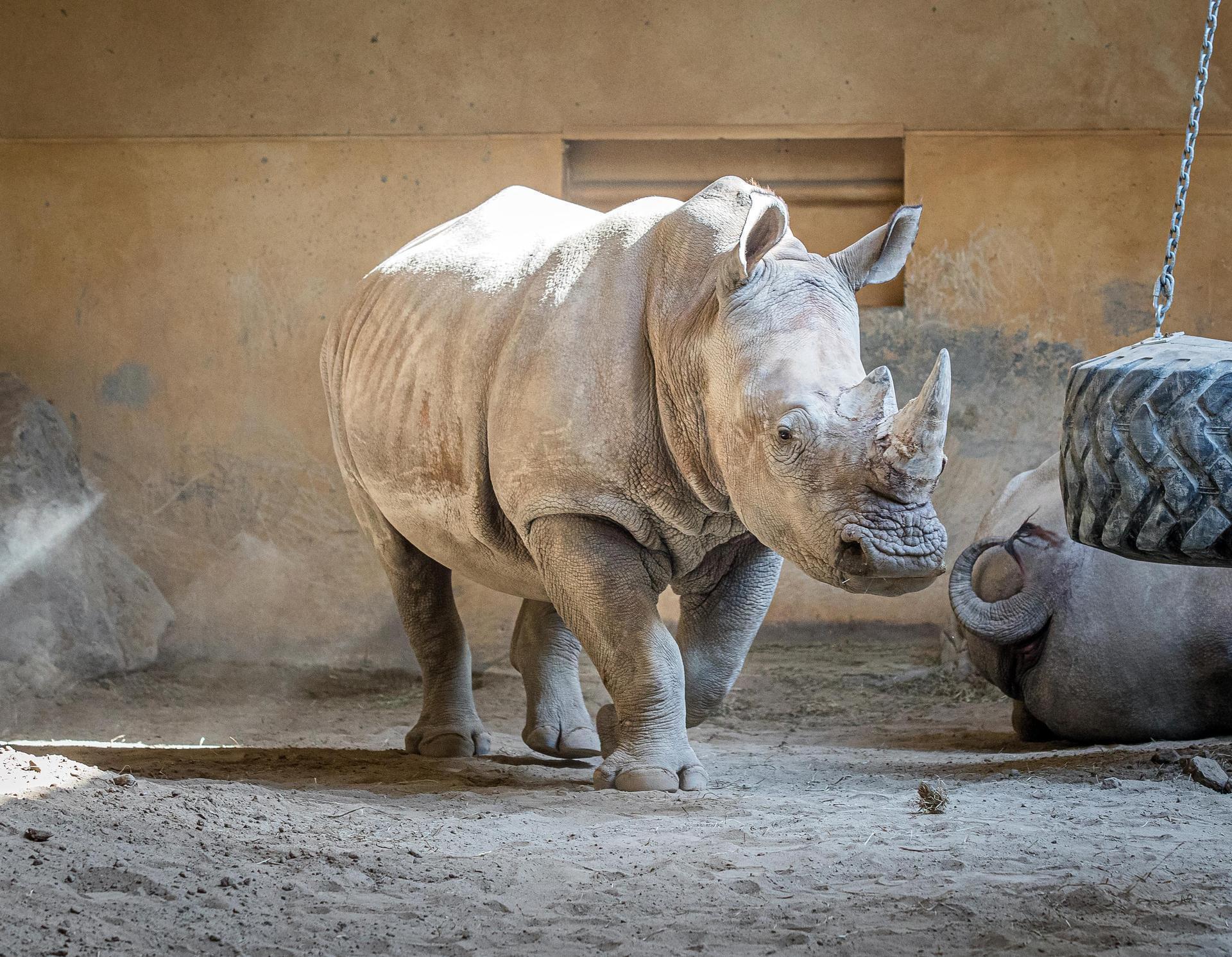
Hazina
Date of birth
October 19, 2020
Weight
3527.4 lb / 1600 kg
Profile
Born at the Fresno Chaffee Zoo in California, Hazina spent 18 months at the San Diego Zoo Safari Park while awaiting her transfer to Granby. It’s there that she met Alice, with whom she has become inseparable!
Fun fact
Hazina is a bit stockier than her companion Alice. Of the two, she’s the biggest foodie: she finds it hard to resist a tasty hay biscuit! Only time will tell if the chemistry is right with the male KC.
